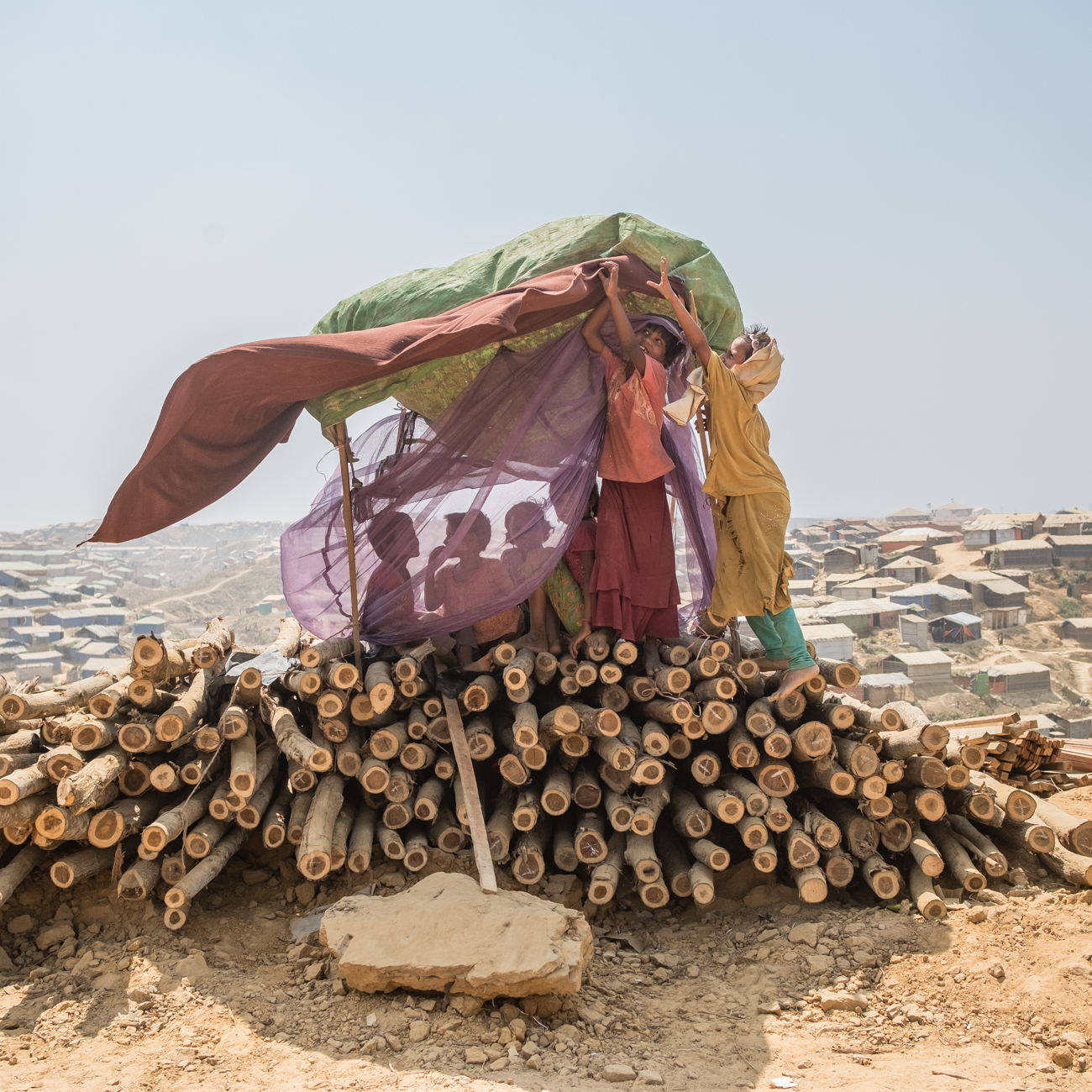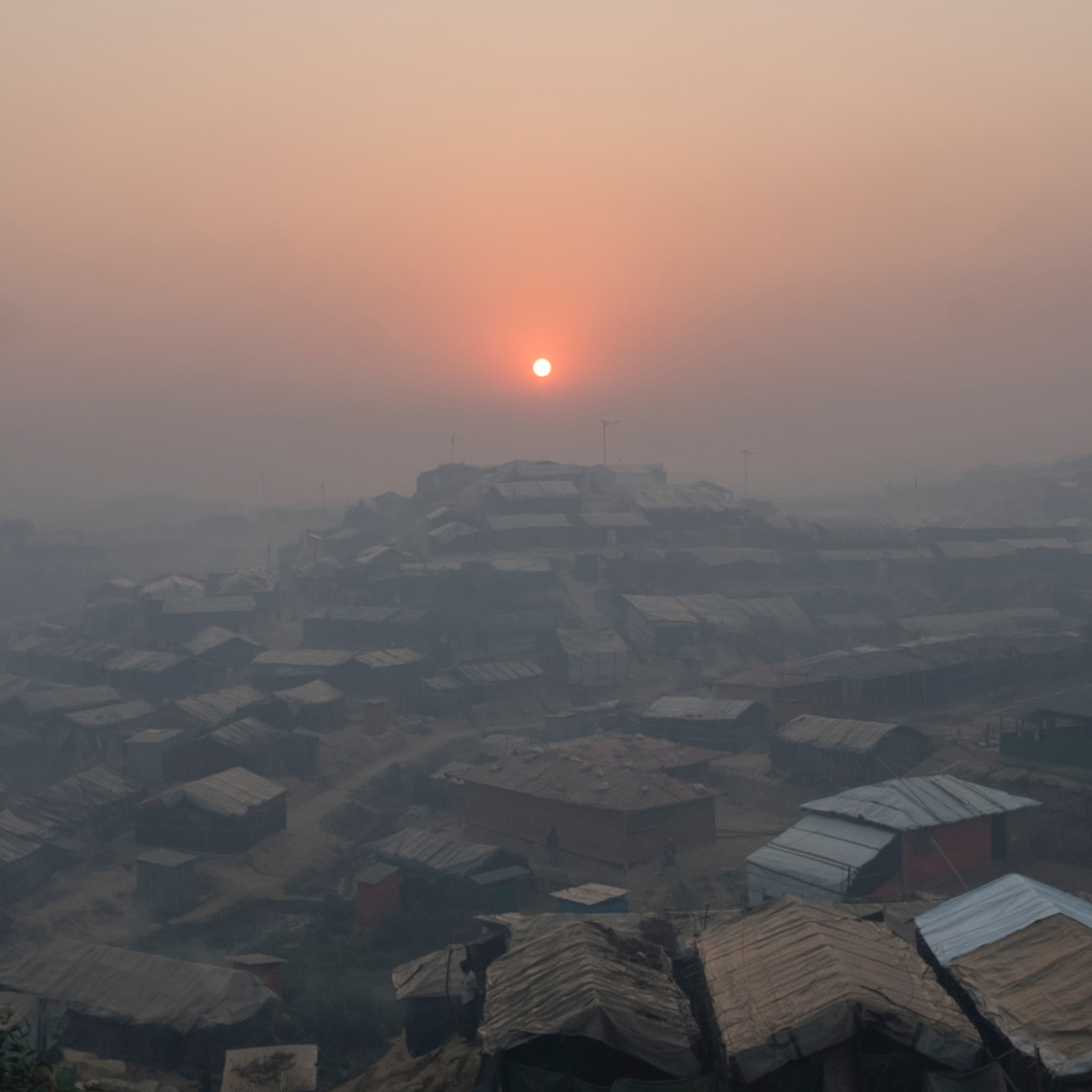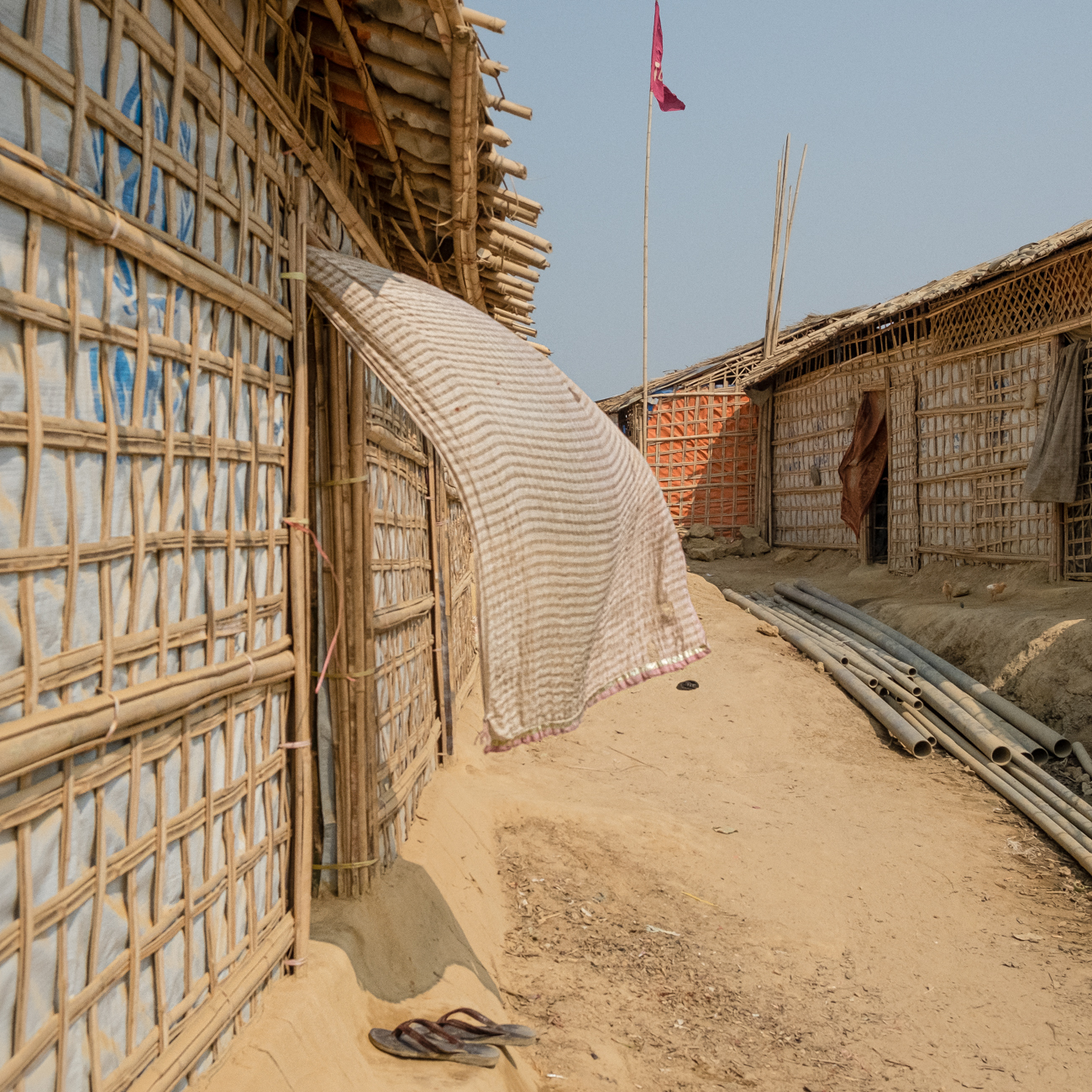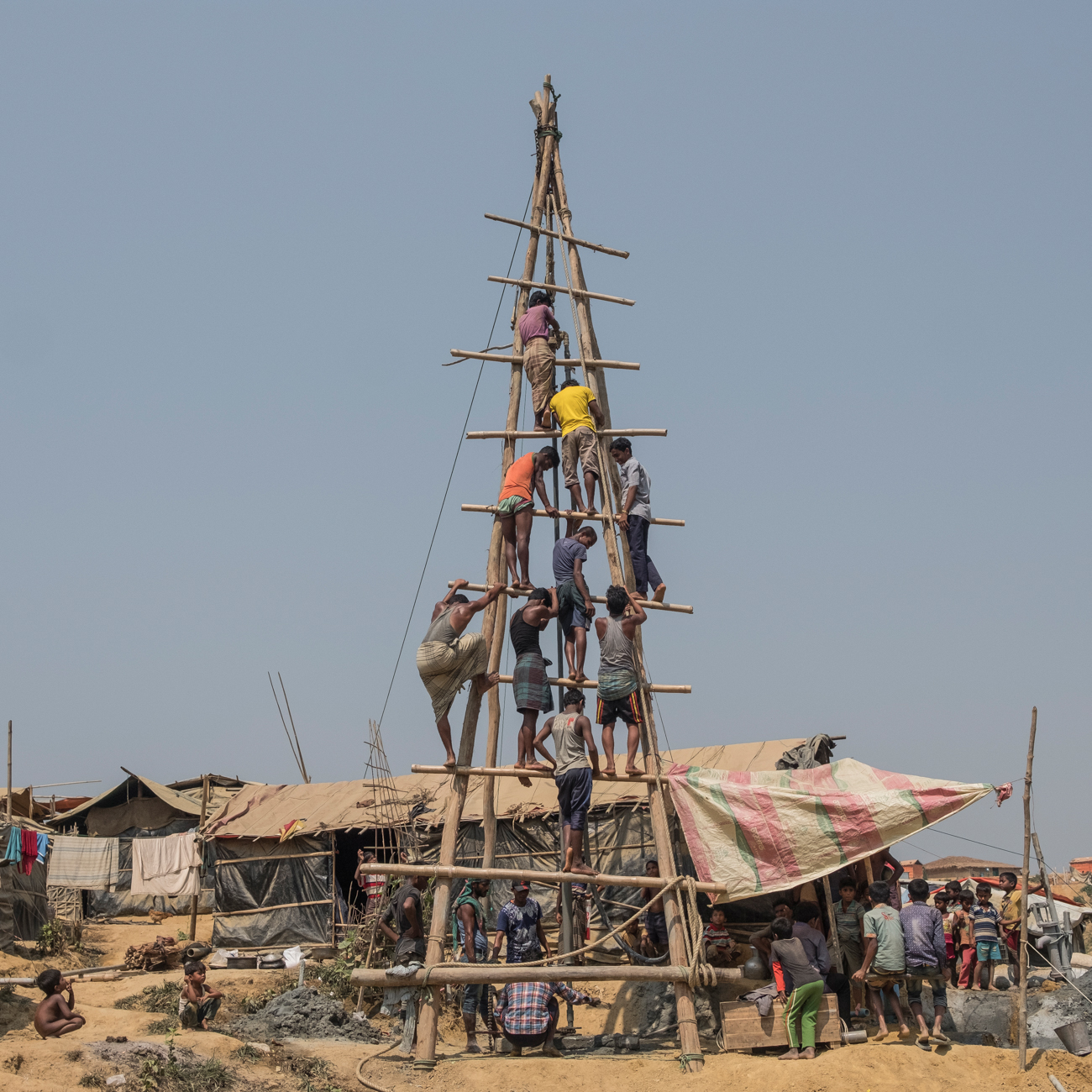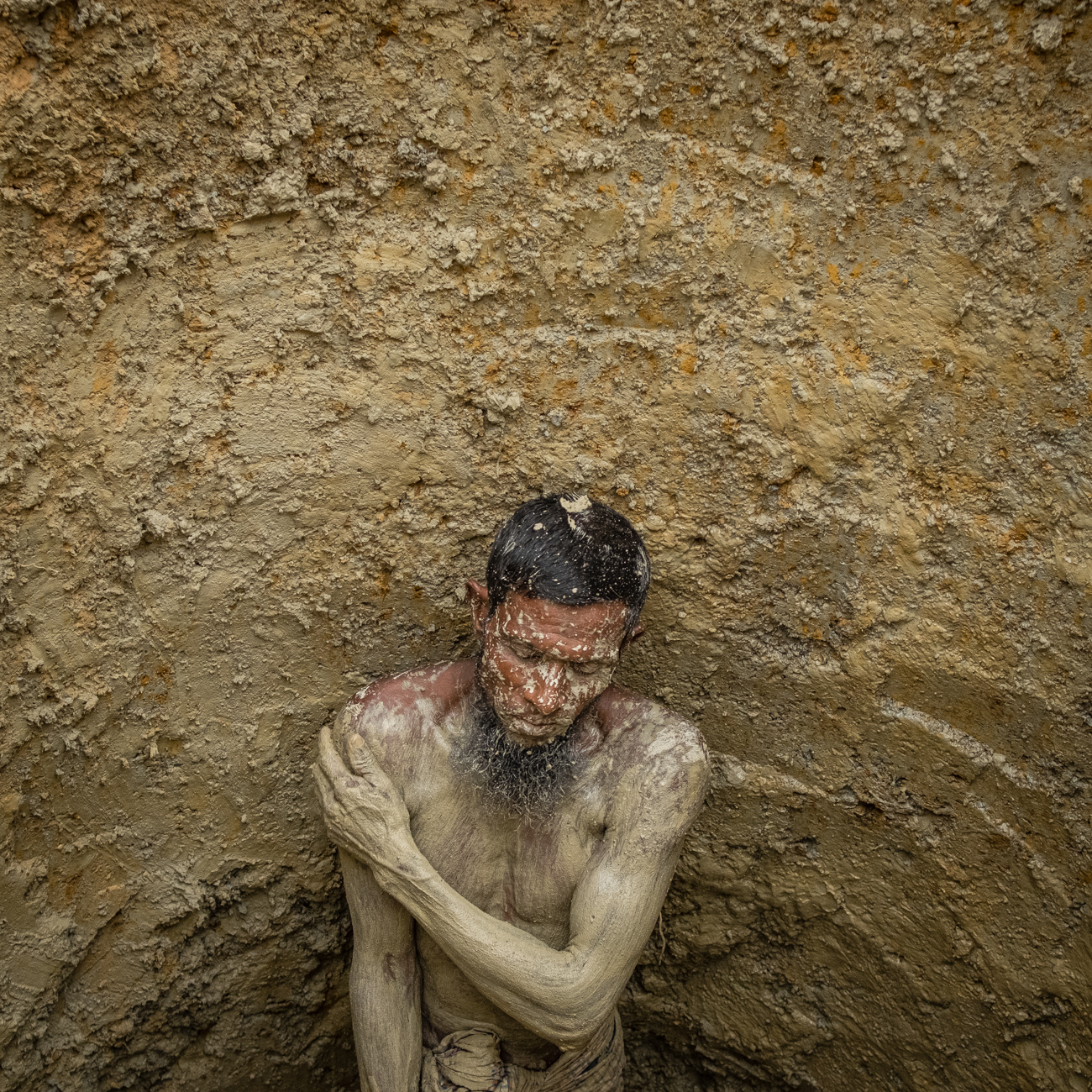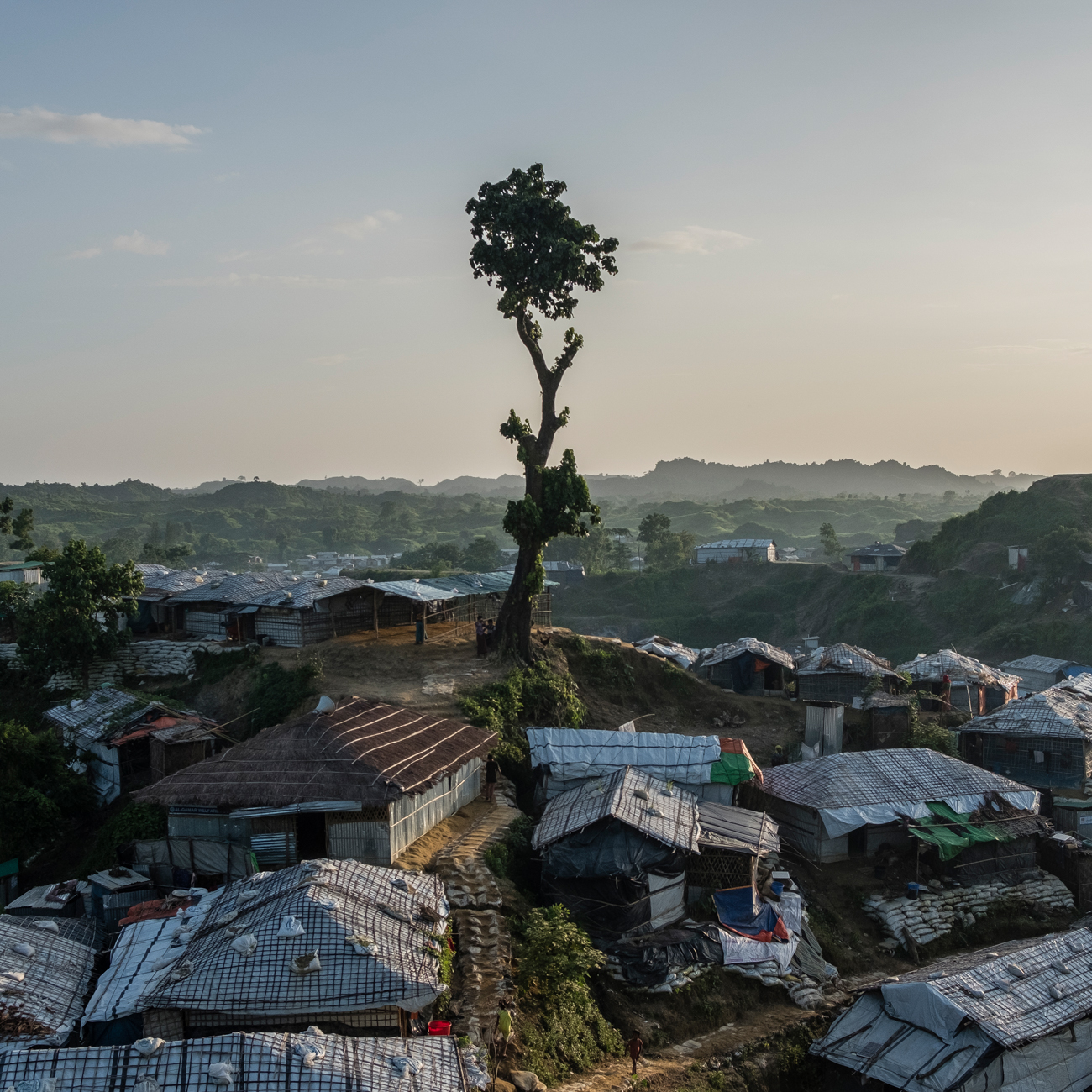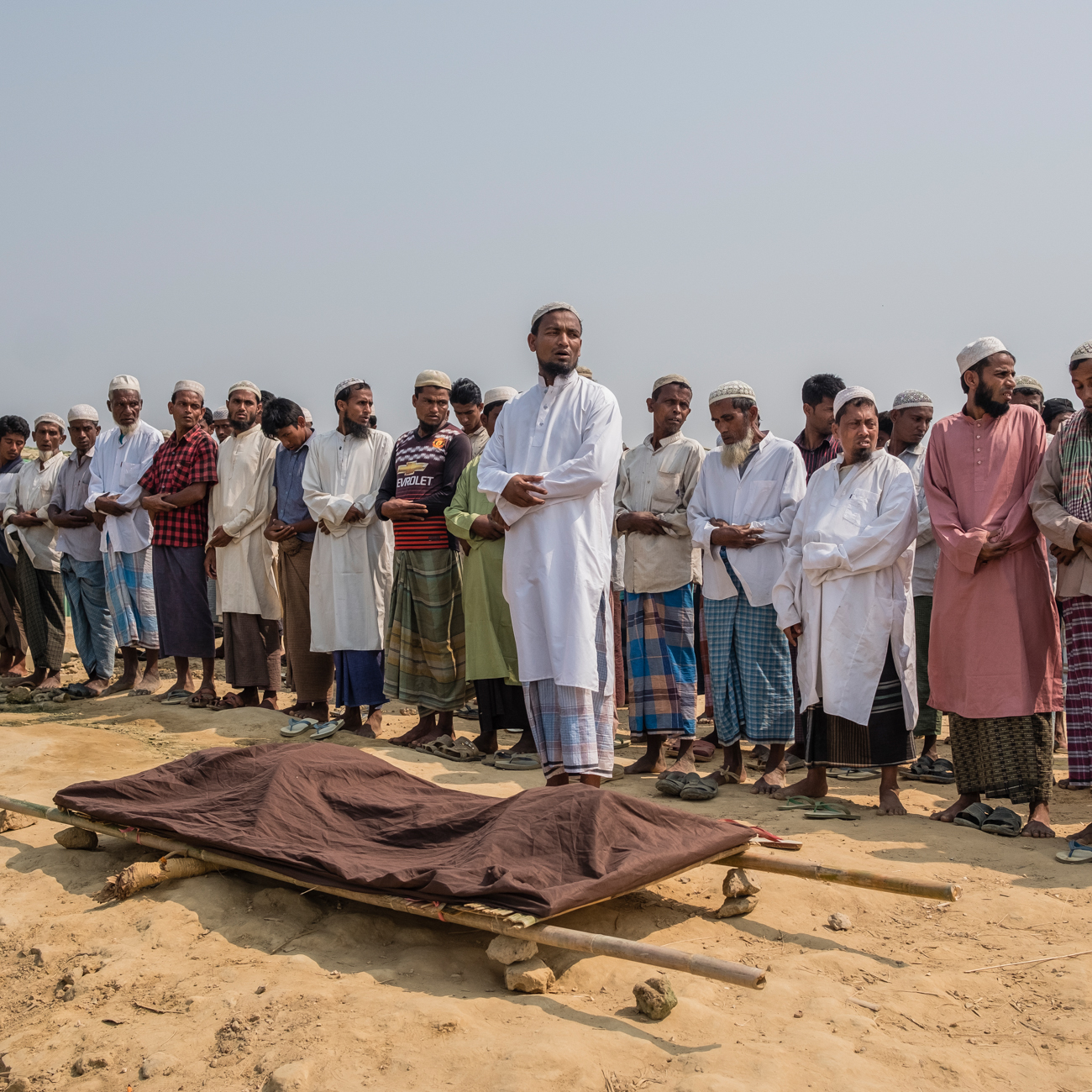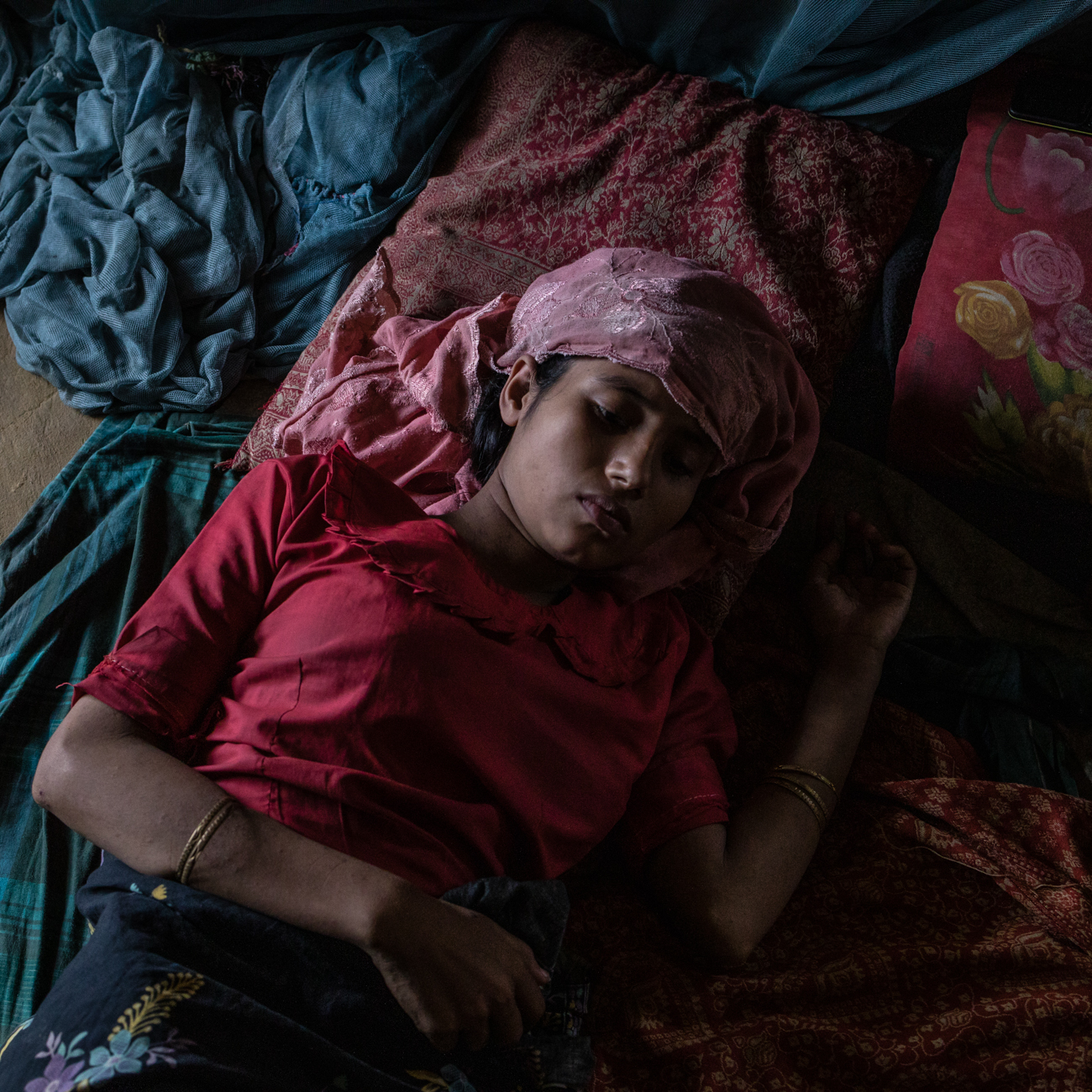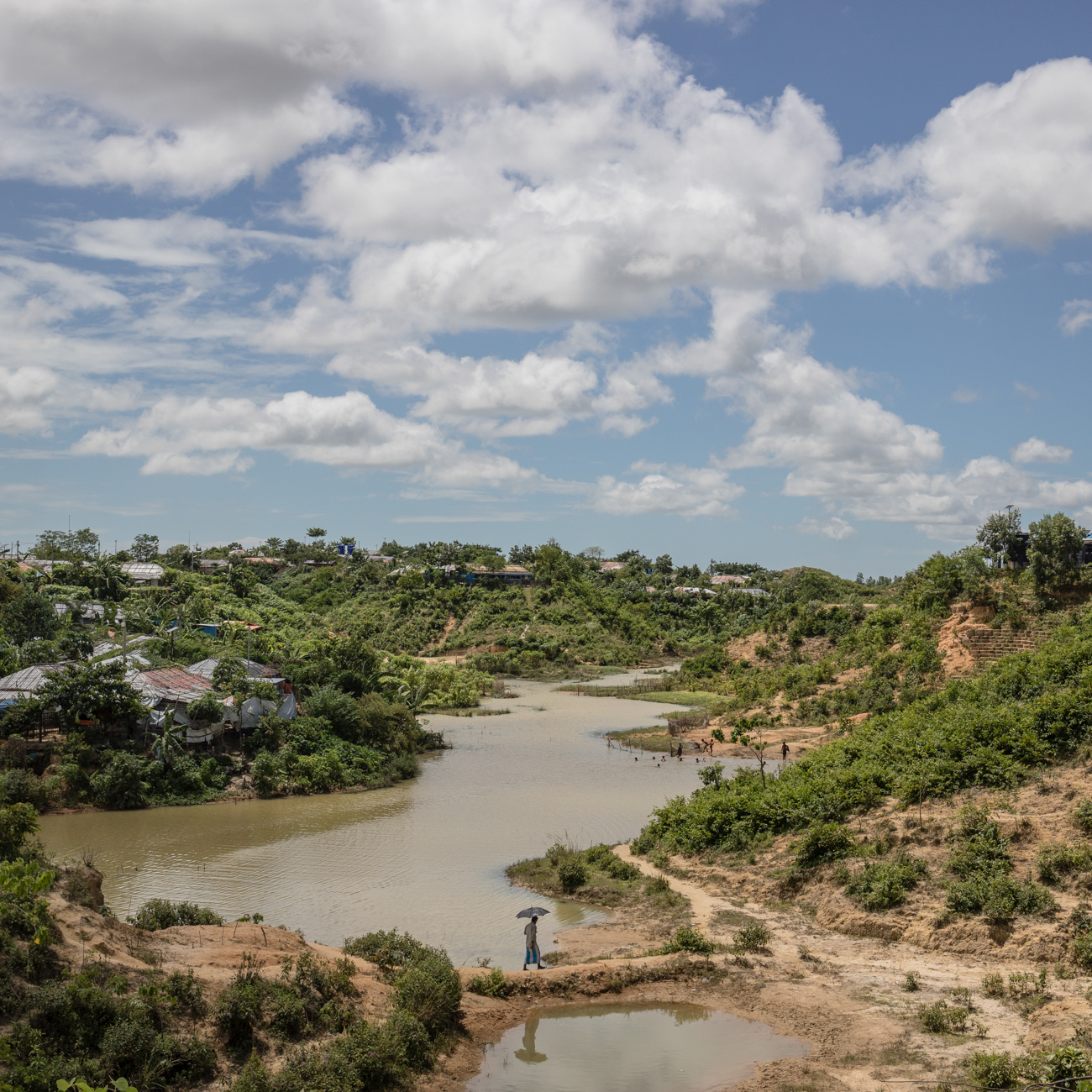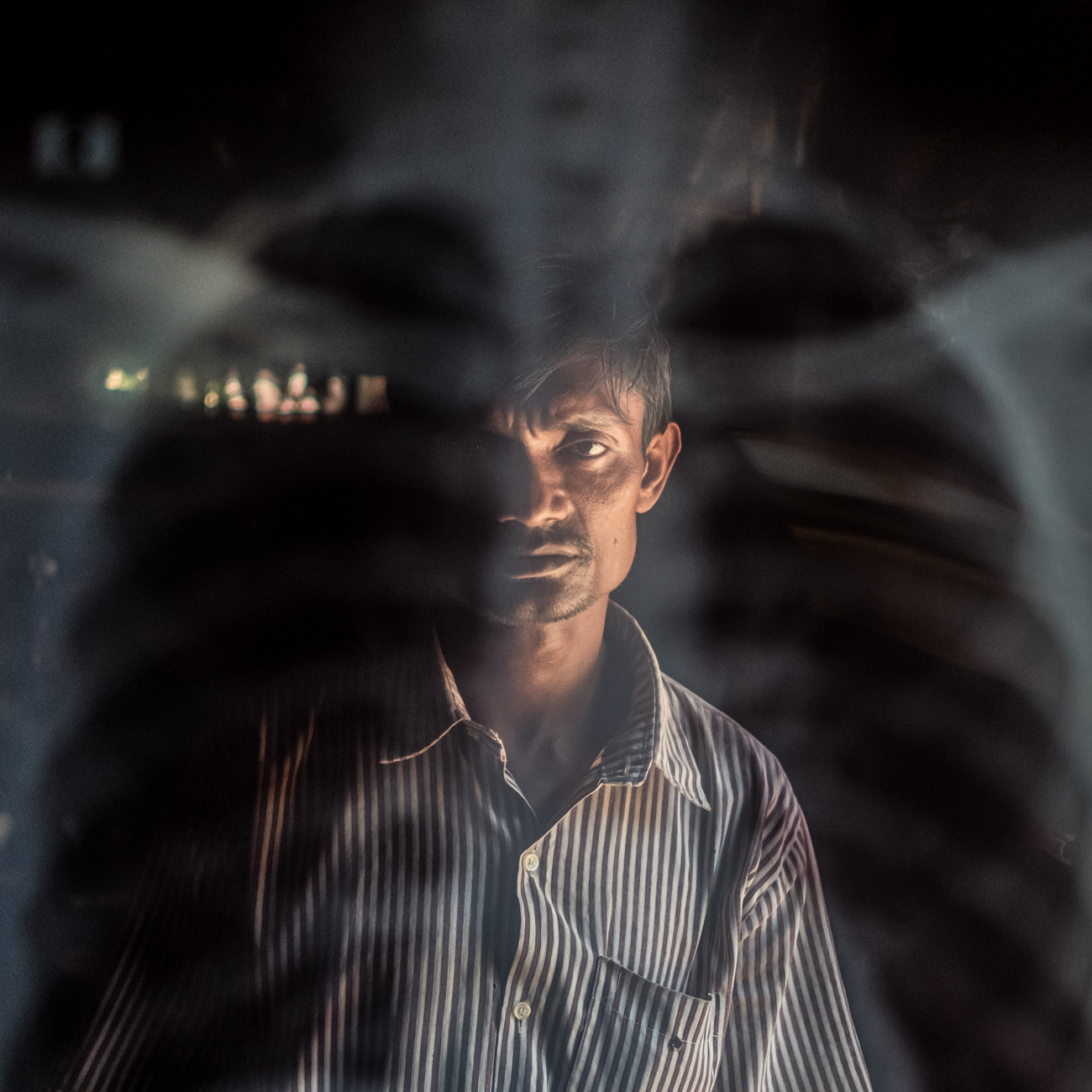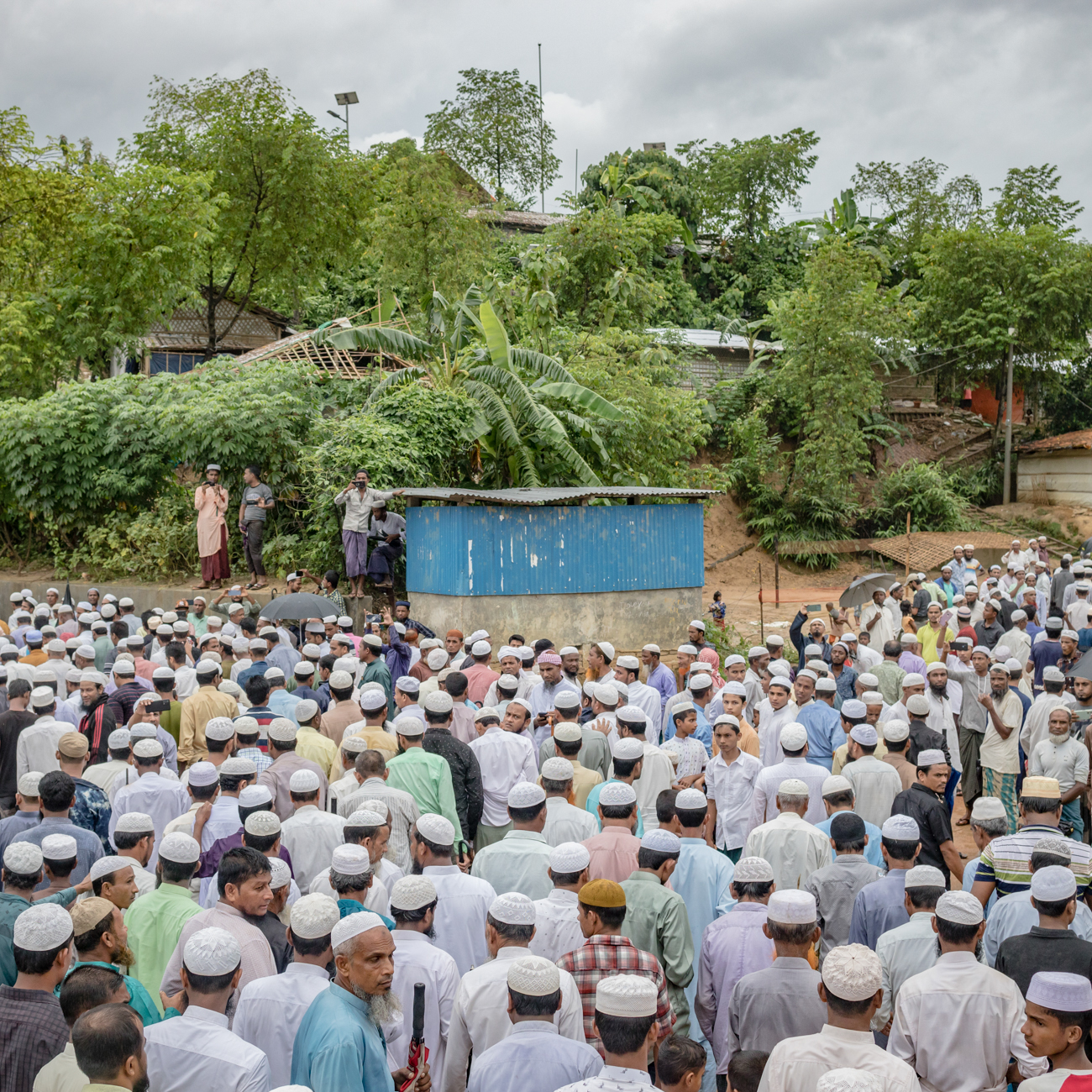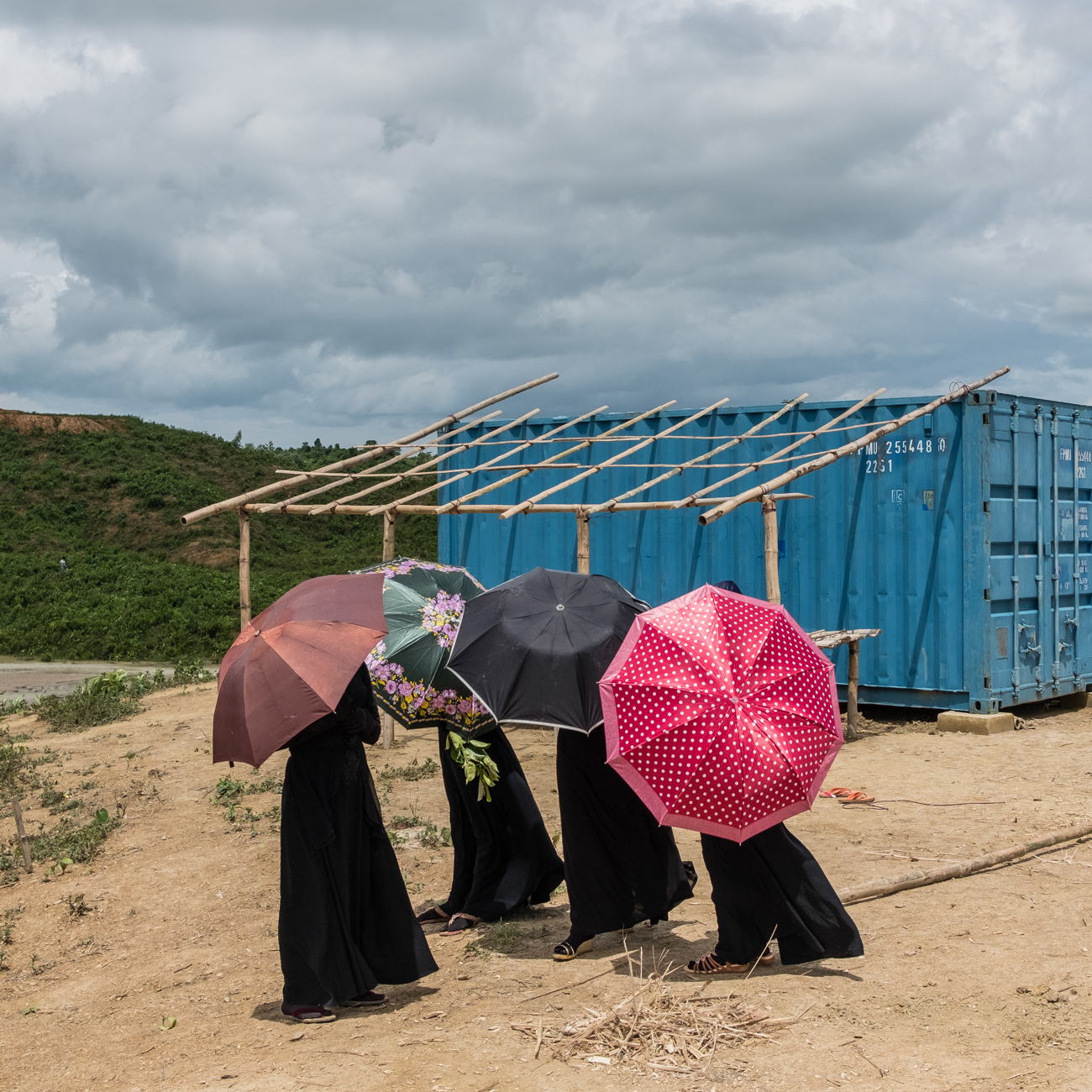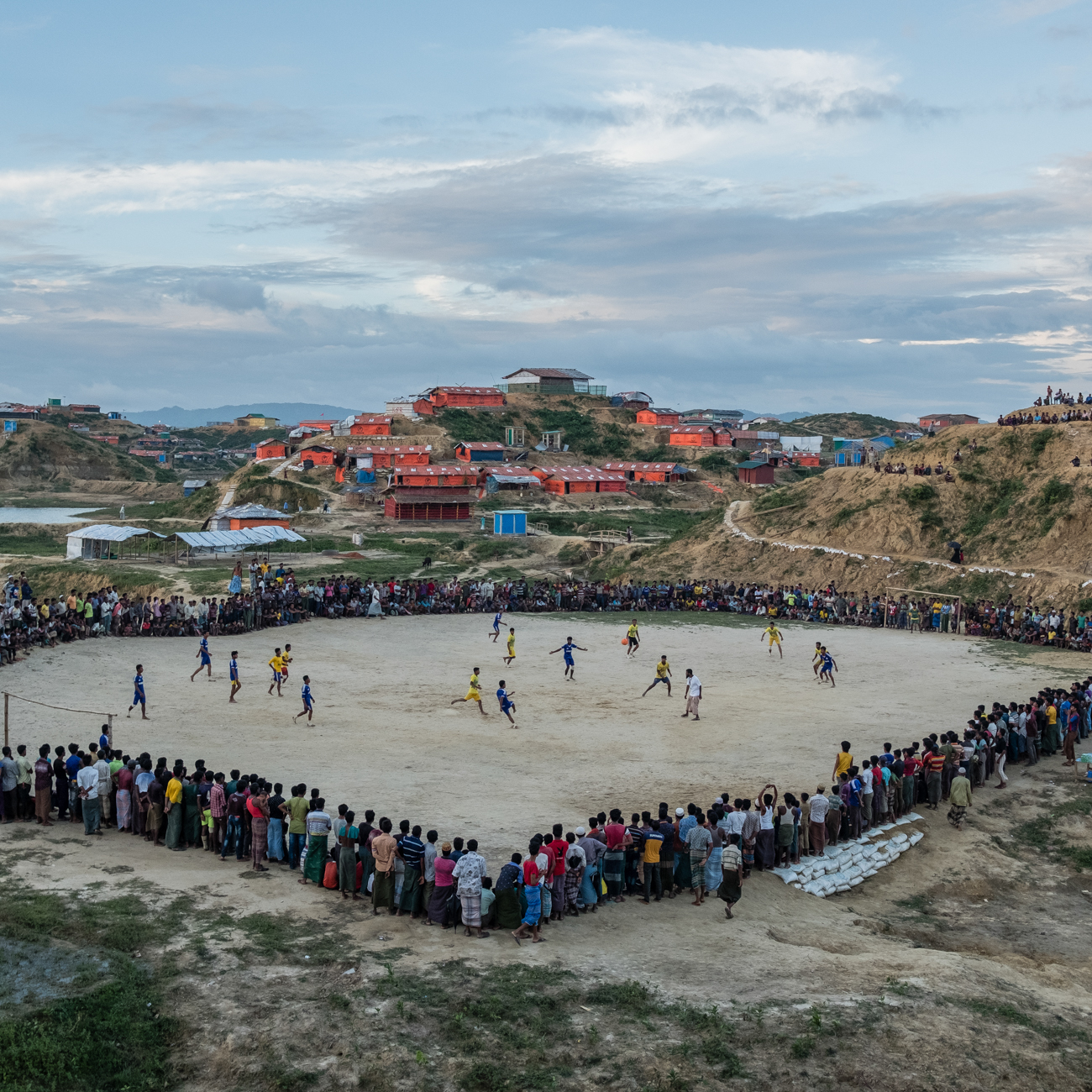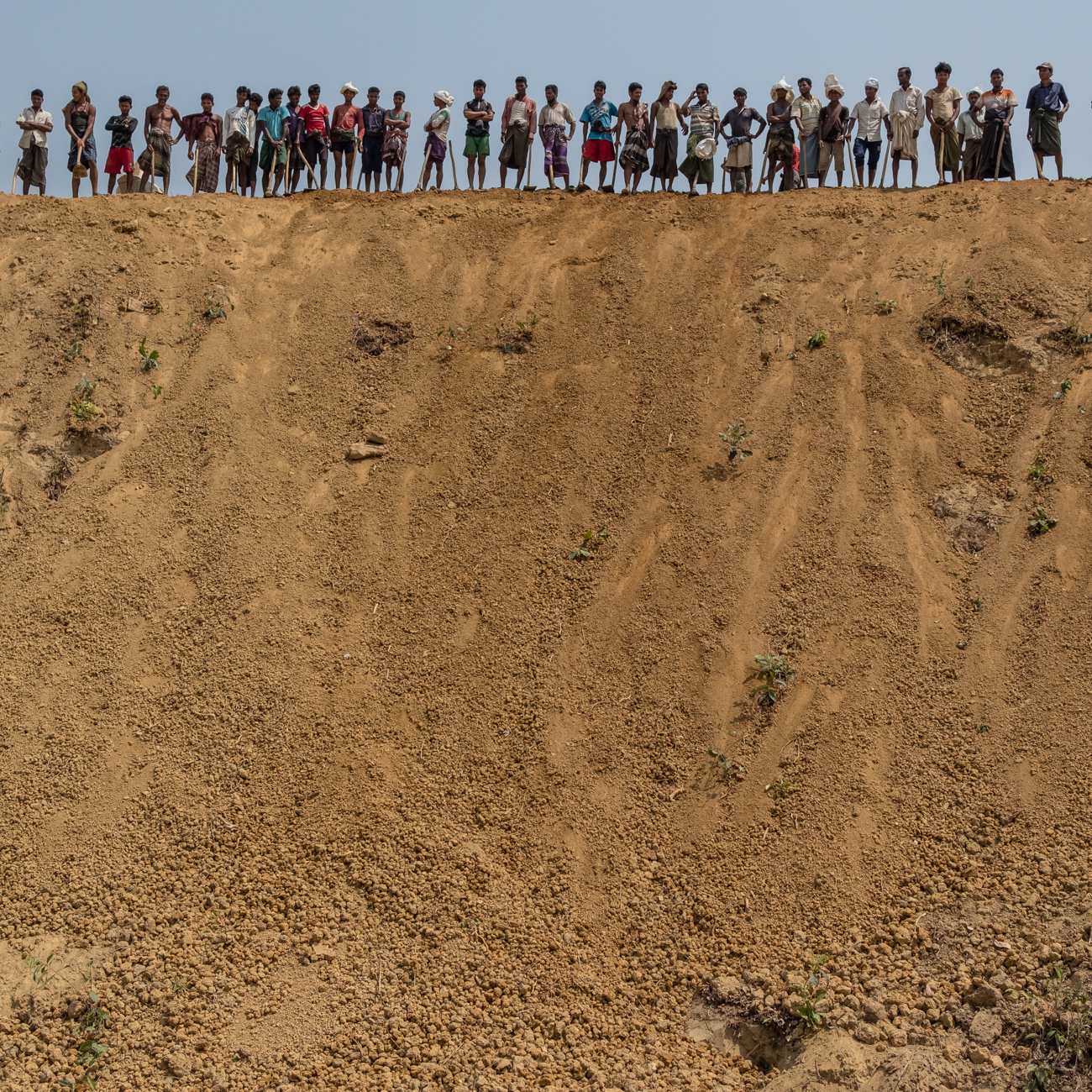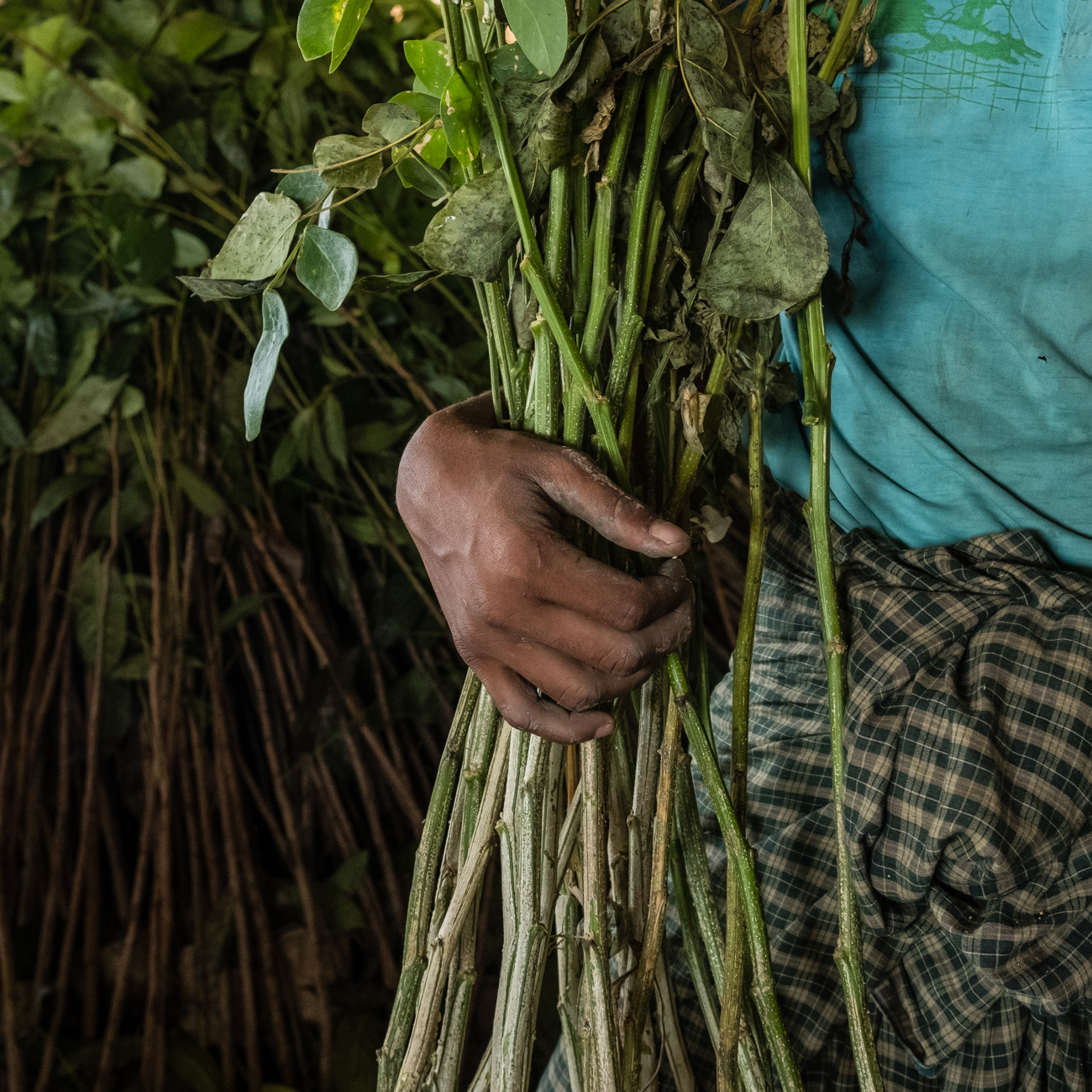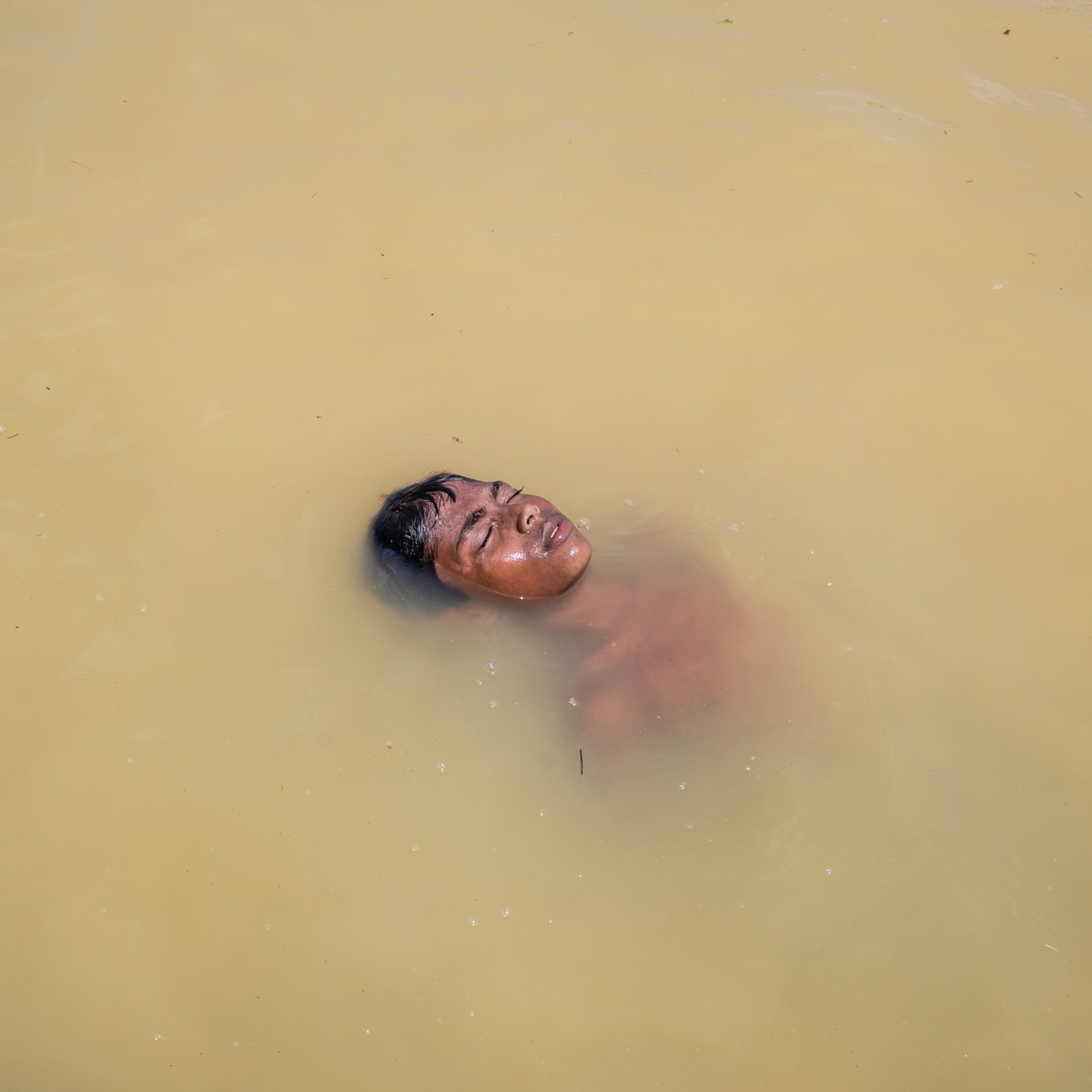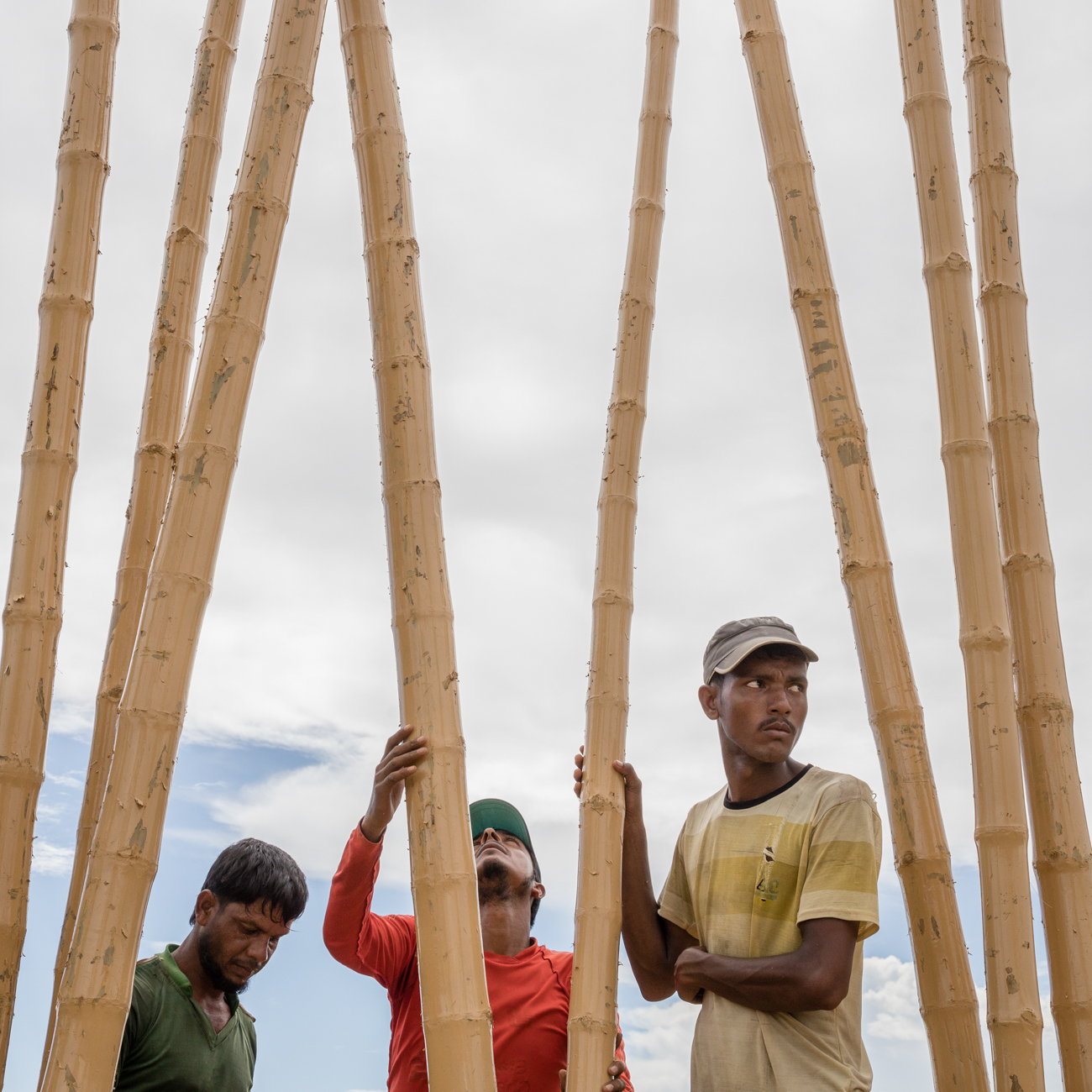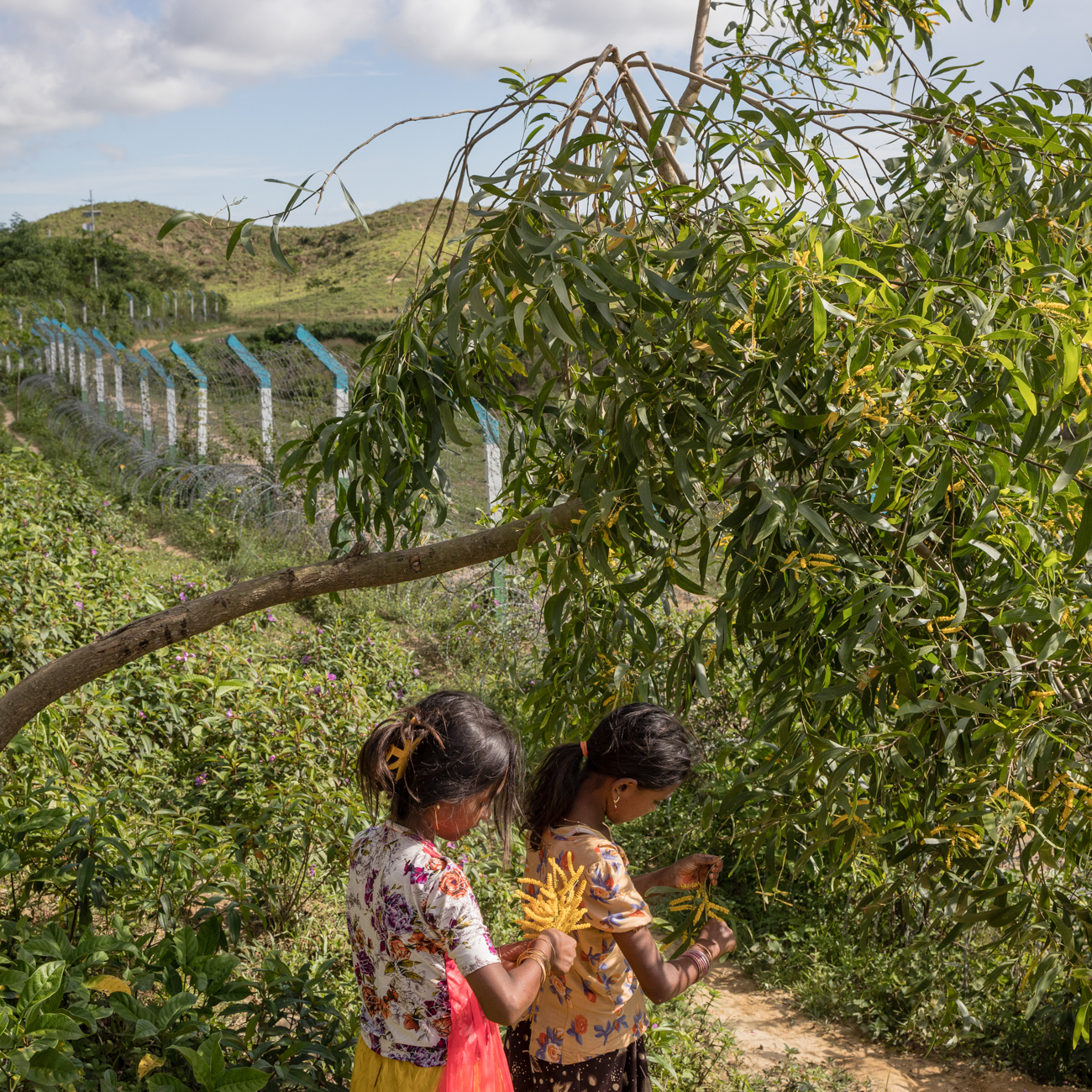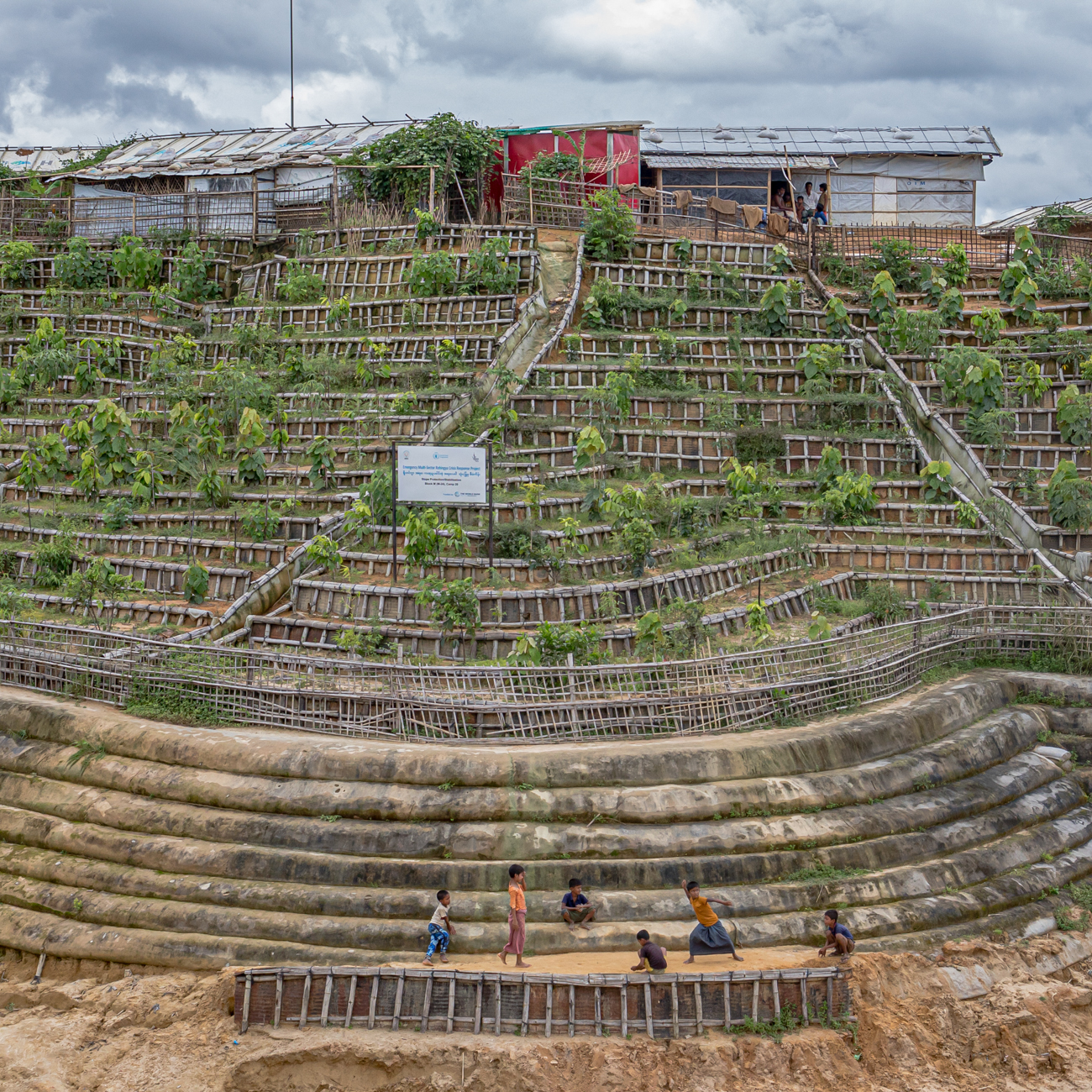The Wretched and the Earth
Rohingya refugee crisis: the environmental impact of a mass migration
Photo by Gabriele Cecconi
According to the UNHCR 2022 statistical report Mid-Year Trends, there are now in excess of 100 million forcibly displaced people around the world, the highest figure ever. In August 2017, in order to escape persecution in their country of origin, Myanmar, hundreds of thousands of people of the Rohingya ethnic group fled to the region of Cox’s Bazar in neighbouring Bangladesh.
Kutupalong refugee camp is now the largest in the world in terms of inhabitant numbers: 600,000, a figure that increases to 860,000 if we consider the wider site that also includes the Balukhali camp.
Five years on from the initial influx, one million refugees still reside in this region. Living conditions remain precarious and the future of these families is uncertain.
During a mass migration an enormous number of people concentrate in an area that is relatively small, all with primary needs that must be met. Especially during the emergency phase of a crisis, as happened in southern Bangladesh, the pressure on already fragile ecosystems can become unsustainable. In the space of a few months, water resources rapidly deteriorated and the Teknaf Wildlife Sanctuary shrank by more than 3000 hectares due to the creation of the refugee camps and the demand for firewood for cooking. Problems have arisen with the local wildlife, the management of waste, the risk of fires in the dry season and landslides and floods during the monsoons.
Five years on there is little hope of Bangladesh and Myanmar reaching any repatriation agreement. In spite of the critical humanitarian and environmental situation, the populations’ living conditions have been largely improved thanks to international development organizations. The camps are now better organized, reforestation programmes have been launched and infrastructure developed for managing essential services.
The current environmental crisis and its management in Bangladesh – in a region particularly fragile like Cox’s Bazar and in one of the countries that is most vulnerable to climate change – represents a unique case study and a striking example of the challenges of mass migration.
This photojournalism project aims to document the short and long-term environmental impact of a mass migration in order to comprehend the indissoluble relationship between human beings and the environment. The project follows two main narrative threads: the people fighting to survive with few precious resources and the impact of the refugee crisis on an ecosystem that was already under substantial pressure.
Usually environmental migration is understood as an exodus caused by the effects of climate change, what is it like then in the case of a mass migration that is actually causing a huge impact on the environment and the ecosystems?
(2018-2022)
